Physical Address
304 North Cardinal St.
Dorchester Center, MA 02124
Physical Address
304 North Cardinal St.
Dorchester Center, MA 02124
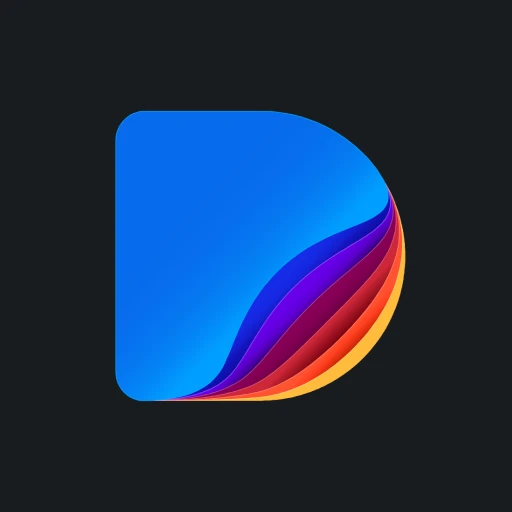 |
|
| Rating: 3.7 | Downloads: 5,000,000+ |
| Category: Art & Design | Offer by: HubX |
DaVinci – AI Image Generator is an innovative application designed to empower users by translating their imagination into visual artwork through the power of artificial intelligence. This tool allows you to generate unique images from simple text descriptions, offering a creative playground for artists, marketers, and anyone curious about the potential of AI art. It’s for individuals seeking inspiration, quick visual content creation, or exploring the capabilities of modern image generation technology.
The appeal of DaVinci – AI Image Generator lies in its accessibility and versatility. You can create stunning, often complex-looking images with minimal effort beyond describing your idea, making sophisticated AI tools feel approachable. Its practical usage spans from generating unique design concepts and personalized avatars to illustrating stories or creating social media graphics, offering an efficient way to visualize concepts that were previously difficult to express.
| App Name | Highlights |
|---|---|
| DALL·E 3 |
Also utilizes advanced AI for text-to-image creation, known for its contextual understanding and detailed outputs. Often praised for its ability to follow complex, multi-sentence prompts. |
| Midjourney |
Famous for its dreamlike aesthetic and consistent visual quality, popular among artists and designers for unique artistic interpretations. |
| Leonardo AI |
Offers an extensive collection of art styles and plugins, providing powerful customization options for fine-tuning AI generations, often favored in professional illustration. |
| Bing Image Creator (DALL·E) |
Accessible through a web browser with a simple interface, providing easy access to AI image generation based on user descriptions, useful for quick experimentation. |
Q: How does DaVinci – AI Image Generator differ from other AI image creation apps?
A: DaVinci distinguishes itself through its focus on creative exploration alongside powerful tools like extensive style libraries and intuitive prompt assistance. We often prioritize high-resolution outputs and a balance between free usage tiers and advanced capabilities, making it suitable for both casual users and professionals looking for reliable AI art generation.
Q: Can DaVinci edit existing photos, or is it only for generating new images?
A: While the core strength of DaVinci is text-to-image synthesis, some versions or integrations might allow basic style transfer or enhancement of uploaded images. Primarily however, it leverages AI to transform your descriptive ideas into entirely new visuals from scratch, offering a unique form of content creation focused on imagination and text input.
Q: What are the typical costs associated with using DaVinci – AI Image Generator?
A: DaVinci often operates with a freemium model, allowing some image generations for free. However, for more extensive use, access to advanced features, higher resolution limits, or unlimited generations typically requires a subscription or in-app purchase, providing flexible options depending on your project needs and frequency of use.
Q: Is DaVinci – AI Image Generator compatible with mobile devices or is it web-based?
A: DaVinci may be available as a dedicated mobile app (iOS/Android) or function primarily as a web-based application accessible via browser. Check the official app stores or website for the latest platform information, as deployment can vary depending on the developer’s current strategy and platform focus.
Q: What kind of image formats does DaVinci support for output and input?
A: Typically, DaVinci supports standard image formats like PNG and JPEG for downloading generated creations. Some advanced features might allow exporting in formats like WEBP or TIFF. For input prompts, it relies on text descriptions. Always refer to the app’s settings or help documentation for the definitive list of supported input and output options.
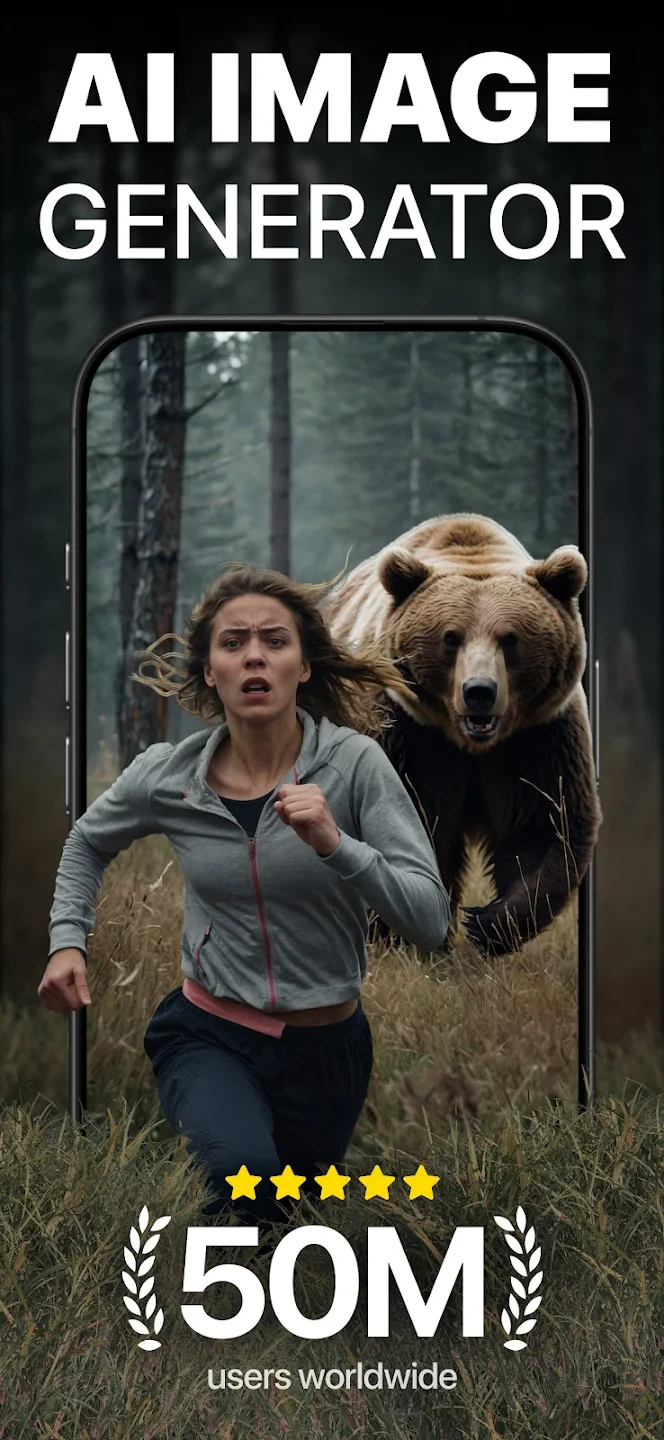 |
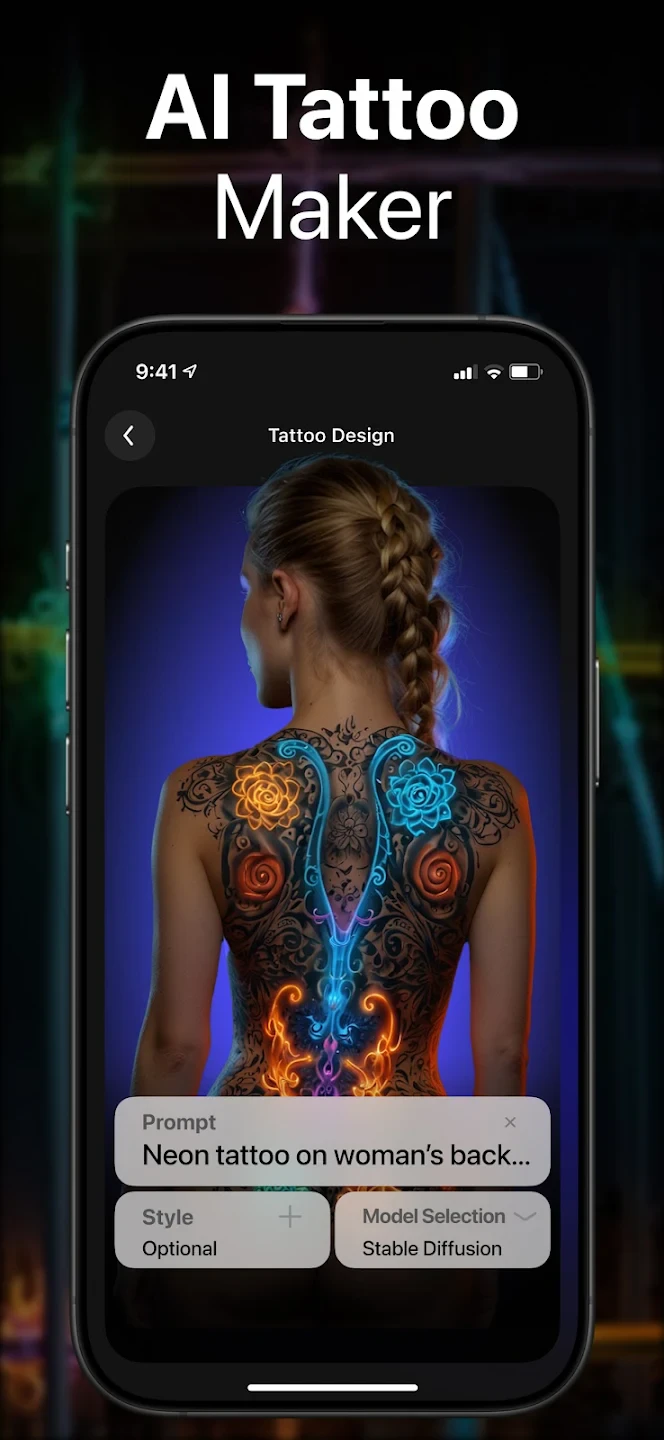 |
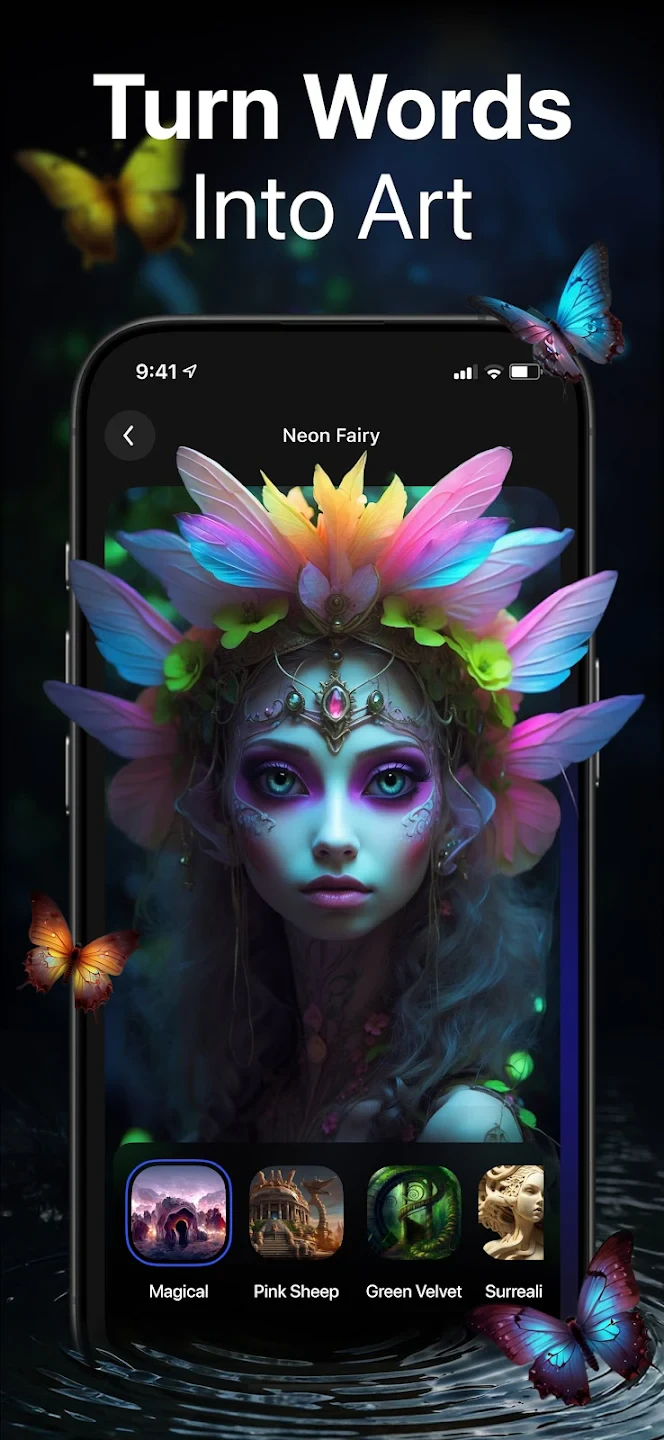 |
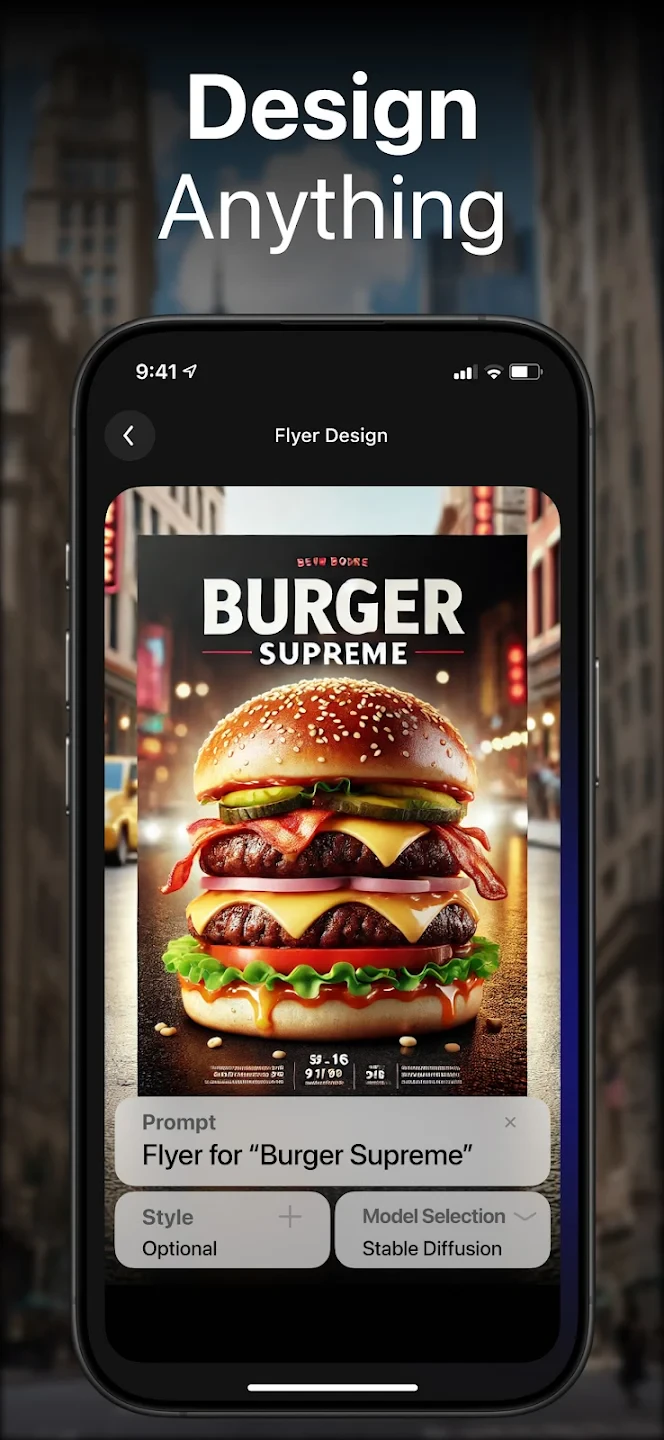 |